When it comes to medical device manufacturing quality is paramount. Our quality management system (QMS) ensures every step of our process is precise, repeatable, and documented per ISO 13485:2016 and FDA guidelines.

Resolution Medical Manufacturing
42 Northern Stacks Drive Suite 200
Fridley, MN 55421, USA
Resolution Medical Development & LifeTec BioSim
44 Northern Stacks Drive Suite 200
Fridley, MN 55421, USA
Resolution Medical's LifeTec BioSim
5611 ZS Eindhoven
The Netherlands
Contact Our Team
© 2025 Resolution Medical.